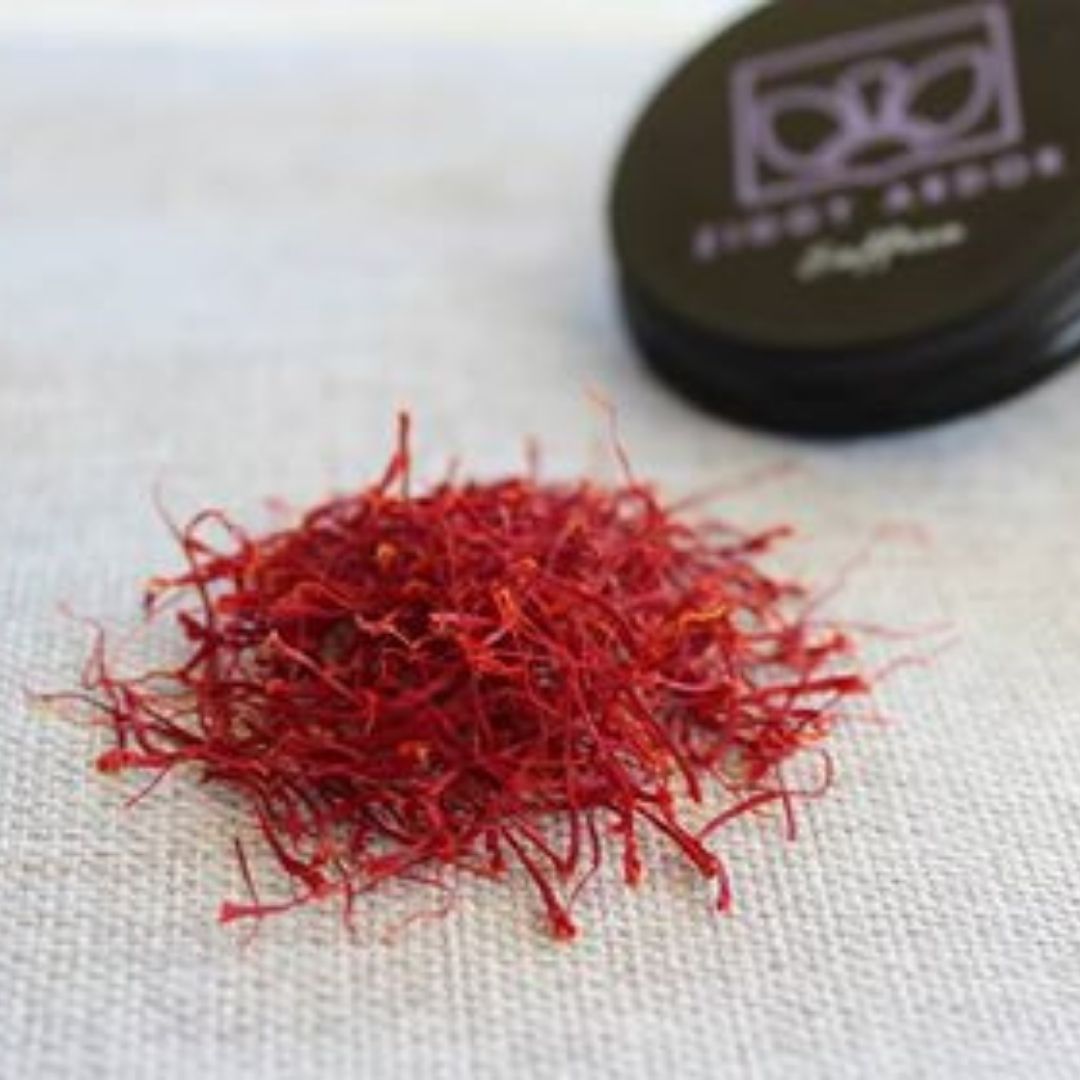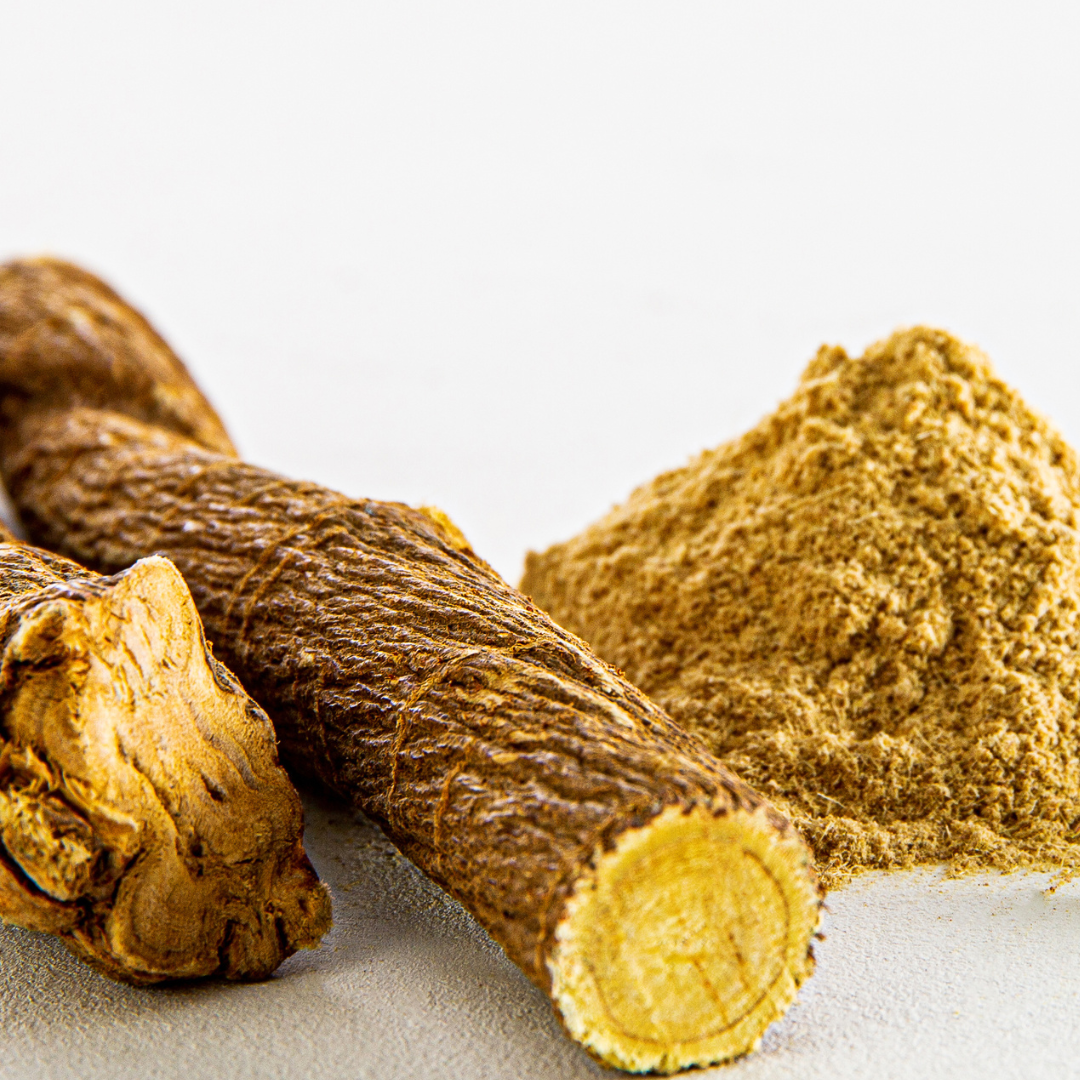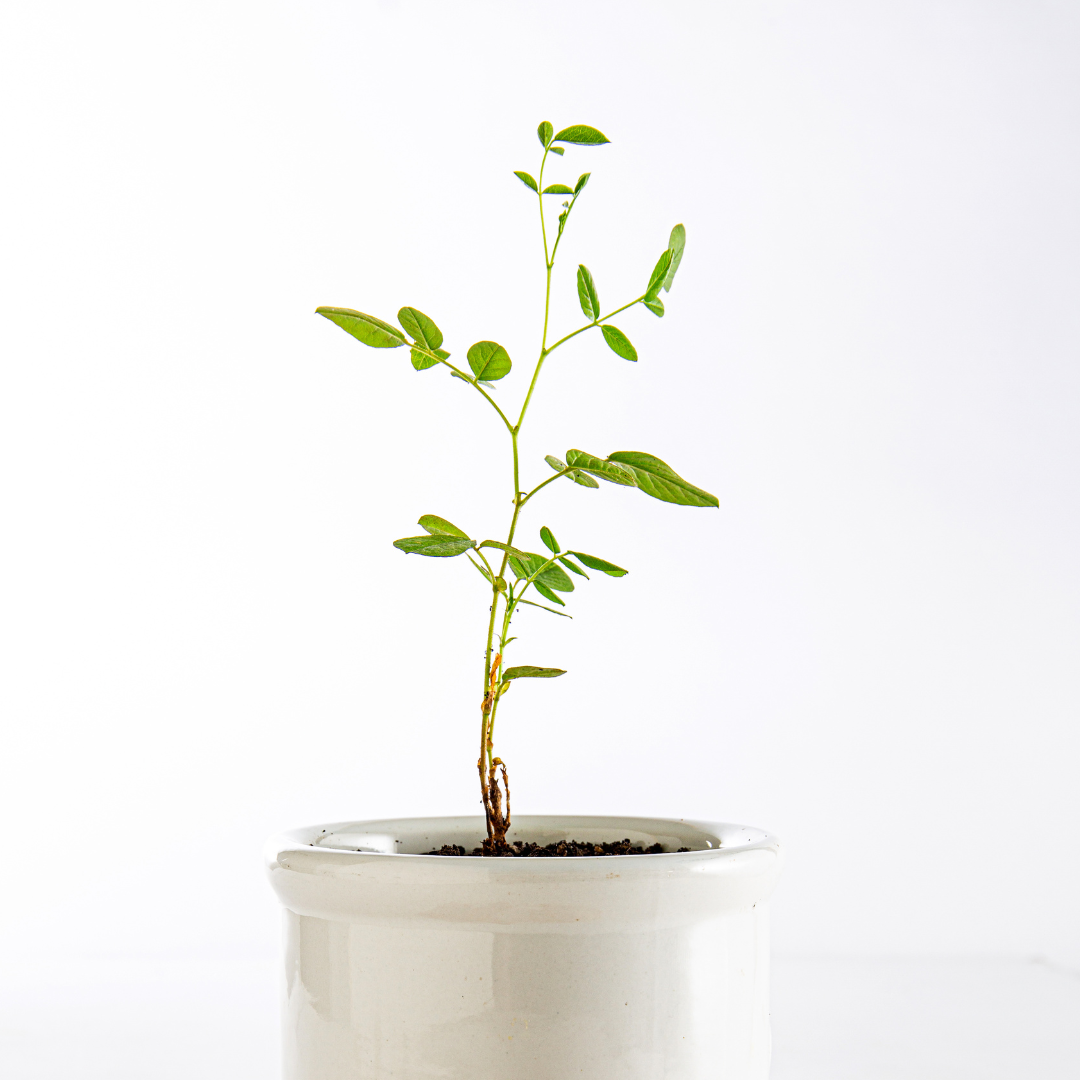This store requires javascript to be enabled for some features to work correctly.
Quercus alba - White Oak
The majestic White Oak (Quercus alba) is a rare and highly sought-after tree in New Zealand, prized by collectors and gardeners alike for its beauty, heritage, and unique edible acorns. With only a handful of these trees across the country, adding a White Oak to your garden is a statement of sophistication and sustainability.
What Makes Quercus alba Special?
-
Edible Acorns: White Oak acorns are sweeter and lower in tannins than most oak species, making them suitable for human consumption.
-
Medicinal Benefits: Traditionally, acorns were used for their anti-inflammatory properties and are rich in carbohydrates, potassium, magnesium, and vitamins B6 and E.
-
Stunning Aesthetics: With its broad canopy and vibrant autumn foliage, the White Oak is perfect as a shade tree, feature tree, or to line a driveway for a grand, timeless look.
Preferred Growing Conditions
-
Sunlight: Thrives in full sun or partial shade.
-
Soil: Prefers well-draining, slightly acidic to neutral soil. Adaptable to different conditions once established.
-
Size & Spacing: Grows up to 25-30 meters (80-100 feet) tall with a wide-spreading canopy. Space trees at least 10-15 meters (30-50 feet) apart to allow for full development.
-
Lifespan: This iconic tree can live for centuries, making it a legacy addition to your garden.
Preparing Acorns for Human Consumption
-
Harvest: Collect mature acorns in autumn.
-
Leach Tannins: Shell the acorns and soak in water, changing the water daily for 5-7 days until the bitterness is gone.
-
Dry & Use: Once leached, dry the acorns and grind into flour or roast for a nutty, nutritious snack.
Why Choose Quercus alba?
-
Rare in New Zealand: Very few White Oaks exist in the country, making them a true collector’s tree.
-
Versatility: Ideal for providing shade, enhancing driveways, or as a stunning focal point in your landscape.
- Legacy Planting: This tree is an investment in the future, providing beauty, habitat for wildlife, and edible resources for generations to come.





